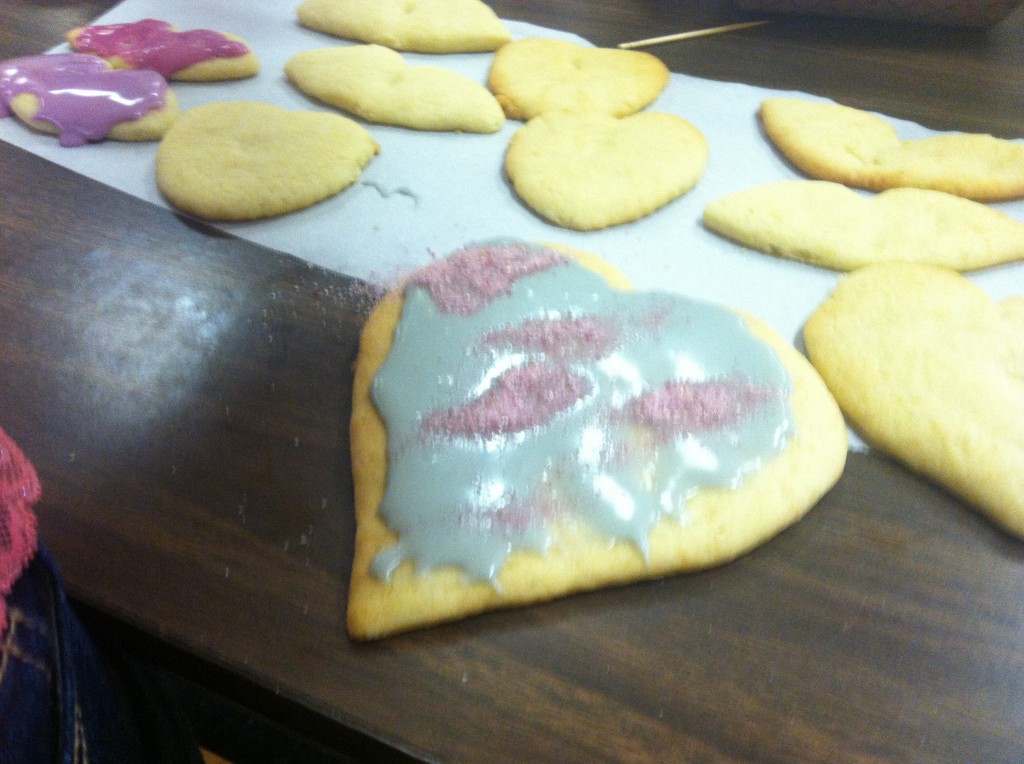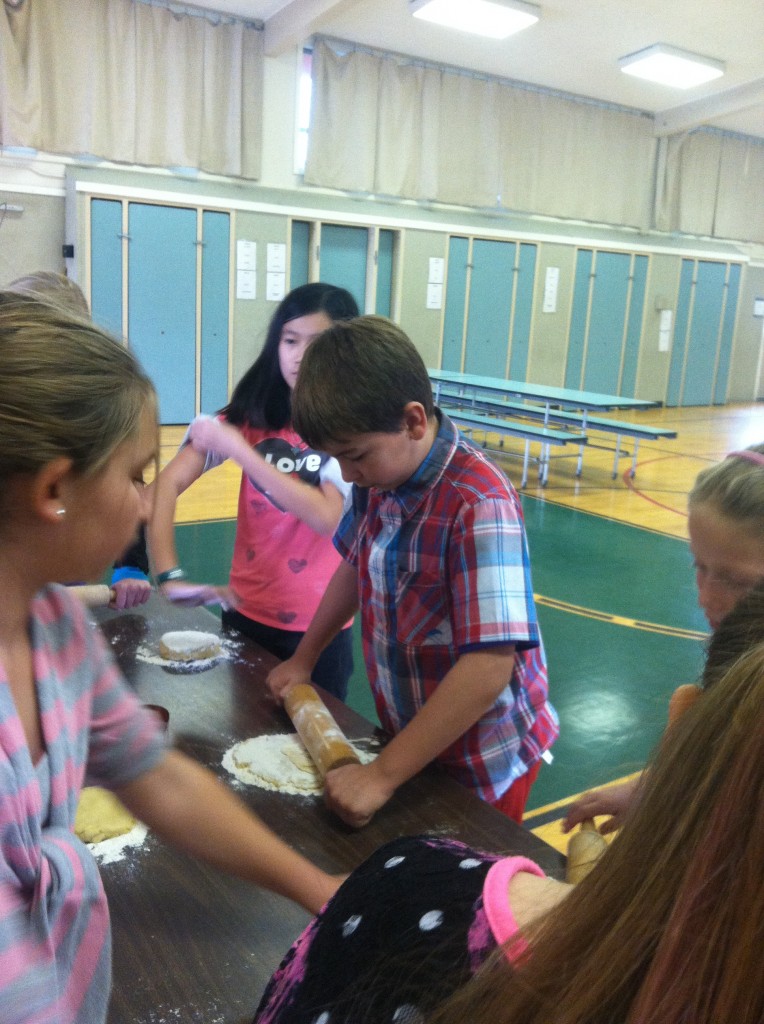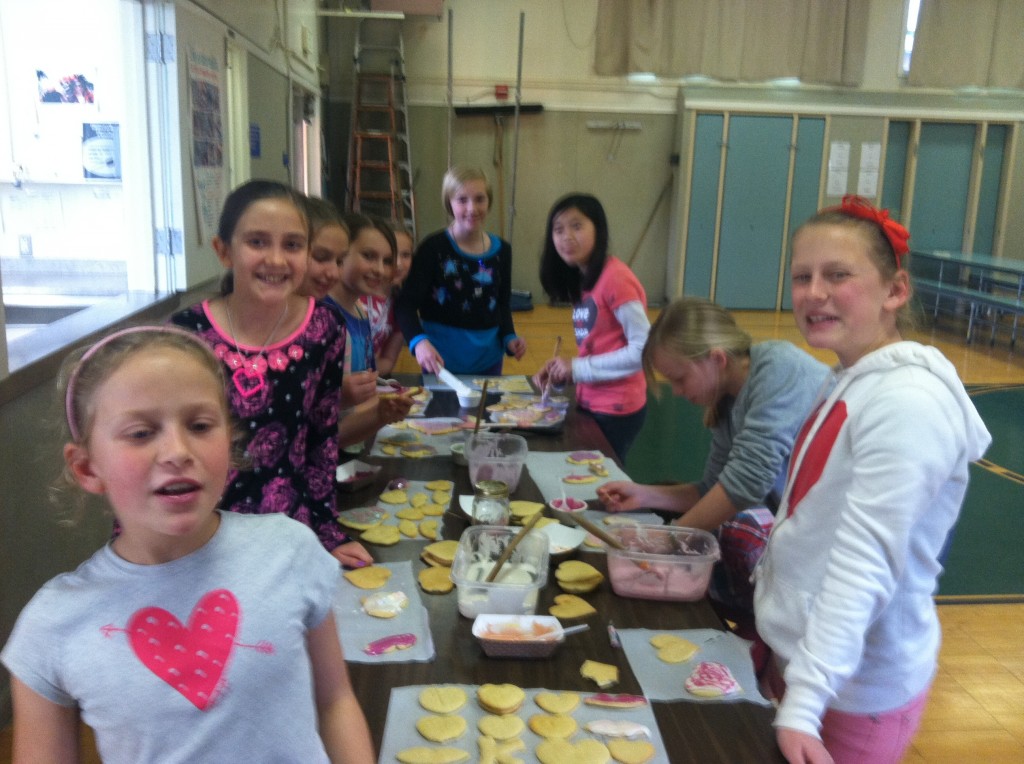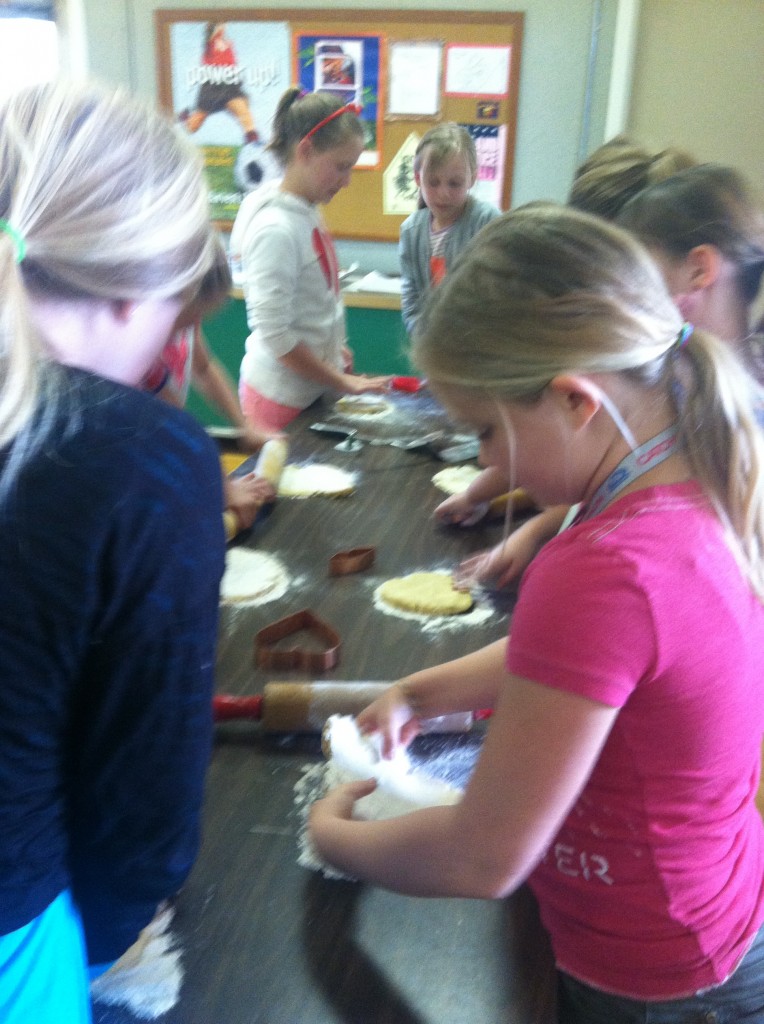 Sugar, Sugar, Everywhere….
Sugar, Sugar, Everywhere….
There are 600,000 items in the American food supply that contain sugar, so understanding the different types of sugar and the effect on your body and the environment is important. When people think of sugar, they think of the white crystals that are in most people’s sugar bowls. This common sugar is sucrose, so we’ll begin with that.
Sucrose comes primarily from sugar beets and sugar canes, although it’s in every plant since oxygen and sugar are products of photosynthesis. Sucrose is a complex sugar which, when broken down during digestion, coverts to 50% glucose and 50% fructose, which are bound tightly together. On an environmental note, the majority of sugar beets are genetically modified.
Fructose is found in fruits and honey. Eat your fruit and have a little honey on your cereal, but understand that there are other considerations when discussing fructose found in processed foods. Fructose doesn’t raise blood sugar levels immediately the way glucose does, but that’s not necessarily a good thing. High Fructose Corn Syrup (HFCS) is corn syrup that has been enzymatically converted to 45% glucose and 55% fructose, in an unbound form. It is therefore sweeter and since it is unbound, it is more rapidly absorbed into the blood stream, goes directly to your liver and is converted into a fat found in the blood called triglycerides, which is associated with insulin resistance and heart disease. The take-away here is that HFCS is generally in processed foods and sugary drinks, which should be avoided for optimum health. One note, plain corn syrup is 100% glucose, so unless your corn syrup adds HFCS, you can still make that pecan pie once in a while.
Your Choices:
• If you want to use ‘white’ sugar, be sure to choose organic so as to avoid GMOs and limit your consumption.
• If you want ‘brown’ sugar avoid the kind most commonly found in boxes as they are simply white sugar with molasses added back in. Instead choose Sucanat or Rapadura as they have minerals and enzymes intact. Try using in your next batch of chocolate chip cookies.
• Turbinado is raw sugar that has been somewhat processed and the surface molasses washed off. It’s particularly nice in shortcakes for strawberry shortcake as there is a slight crunch that is very pleasing.
• Palm sugar has been used for thousands of years and was originally made from tapping Palmyra trees. Now it’s mostly made from the sap of the sago and coconut palms and may be sold as coconut sugar. It’s a healthier choice than most types of sugar.
• Agave is very high in fructose, so you should limit your consumption. Many like it, as it’s flavor-neutral.
• Honey should be purchased raw when possible. It has been known to help allergy sufferers, helps to calm certain coughs, and more. It contains trace amounts of some vitamins and minerals and is just lovely in a cup of tea.
• Tapping maple trees creates maple syrup. The sap is boiled to evaporate the water and graded according to color. Maple syrup contains zinc and manganese and is wonderful on pancakes or drizzled on oatmeal.
Americans consume copious amounts of sugar and are suffering the negative health effects from their addiction to sugars. Limit your consumption, avoid HFCS, choose healthier versions of sugar and think about the environmental impact of your choices.
Cites:
https://www.cell.com/trends/endocrinology-metabolism/abstract/S1043-2760(13)00087-8
https://papers.ssrn.com/sol3/papers.cfm?abstract_id=2374882
https://circ.ahajournals.org/content/120/11/1011.abstract?searchid=1&HITS=10&hits=10&resourcetype=HWCIT&maxtoshow=&RESULTFORMAT=&FIRSTINDEX=0&fulltext=sugar
https://www.ncbi.nlm.nih.gov/pubmed/15051594
https://www.ncbi.nlm.nih.gov/pubmed/20424937
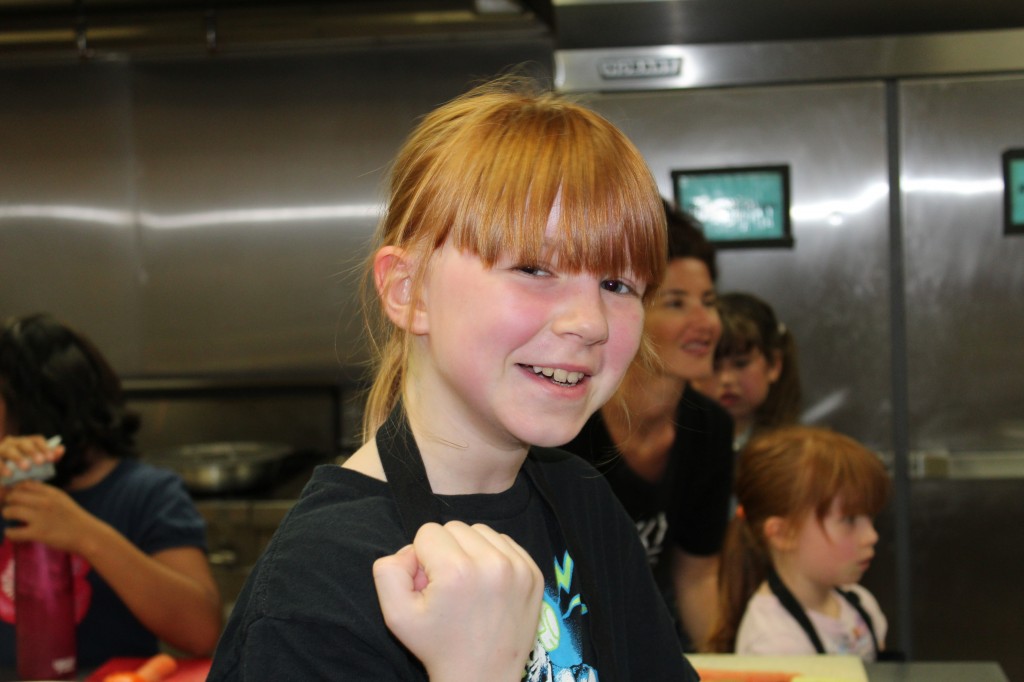
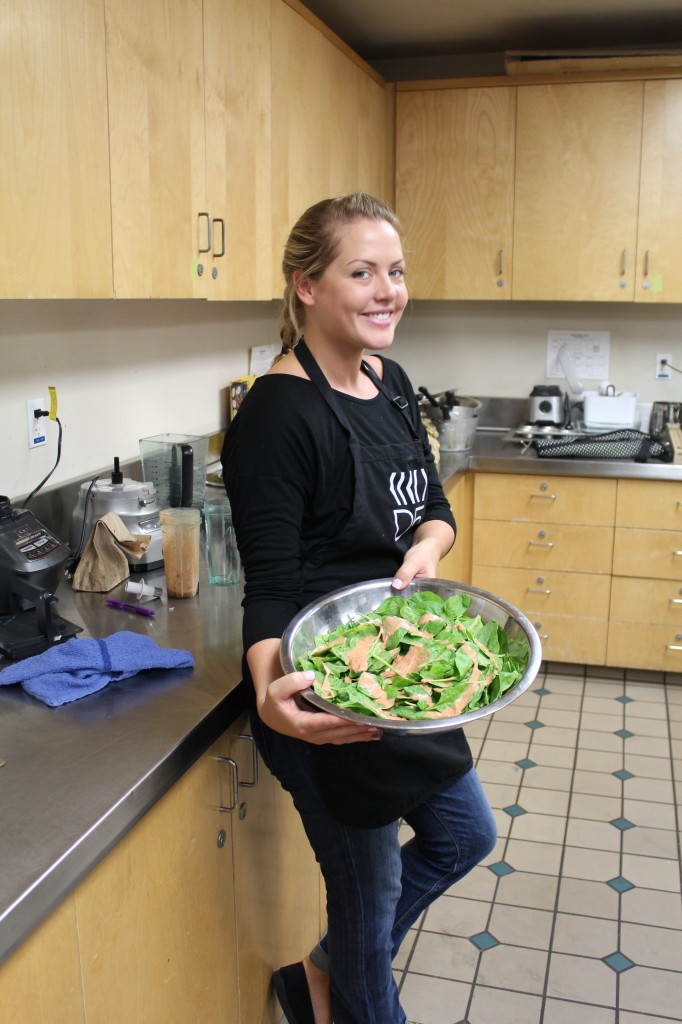
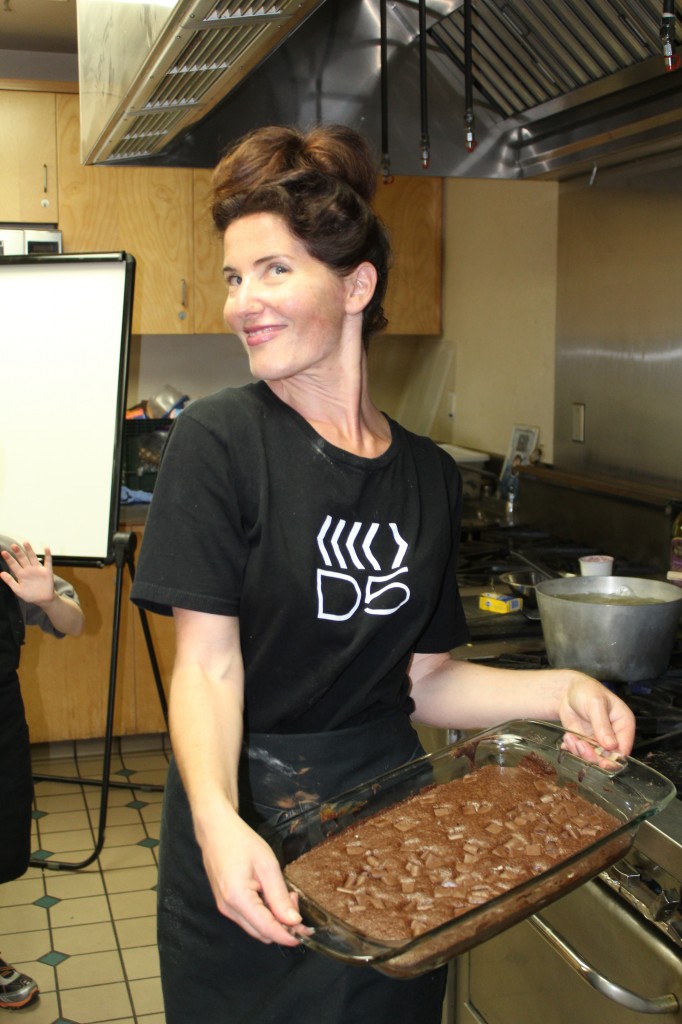
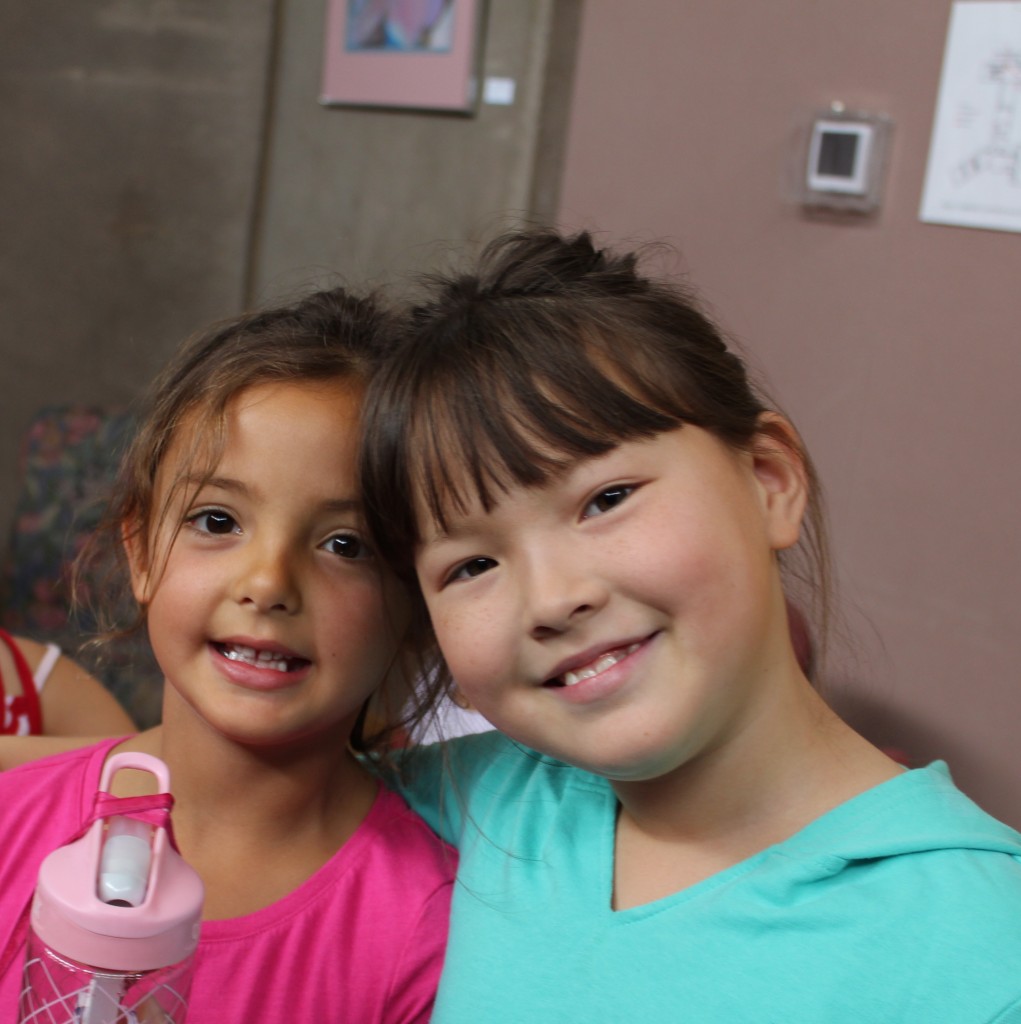
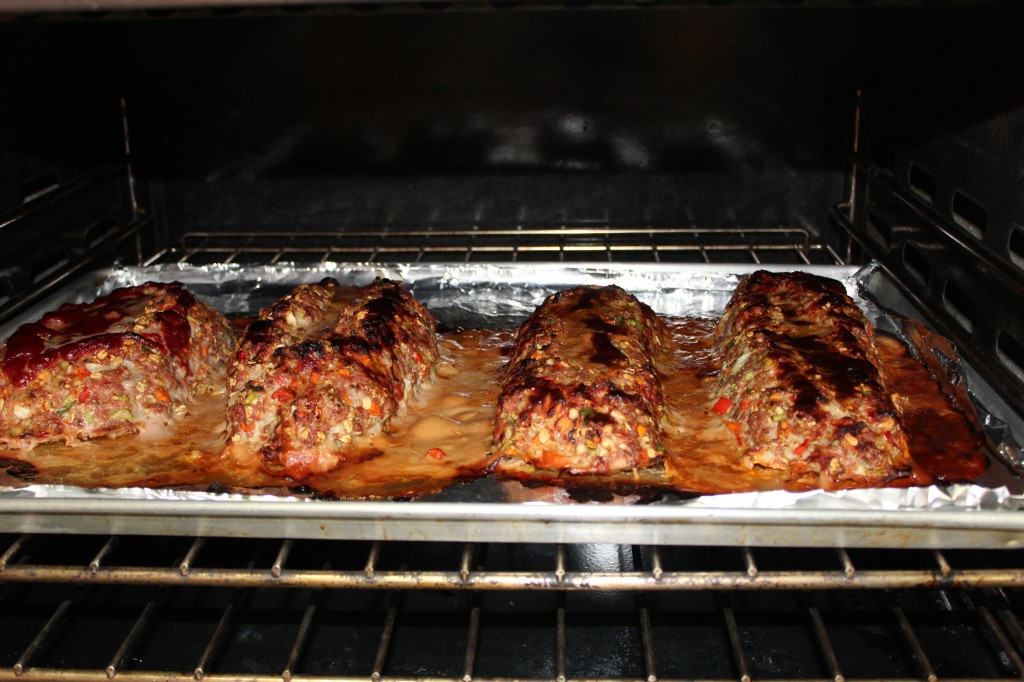


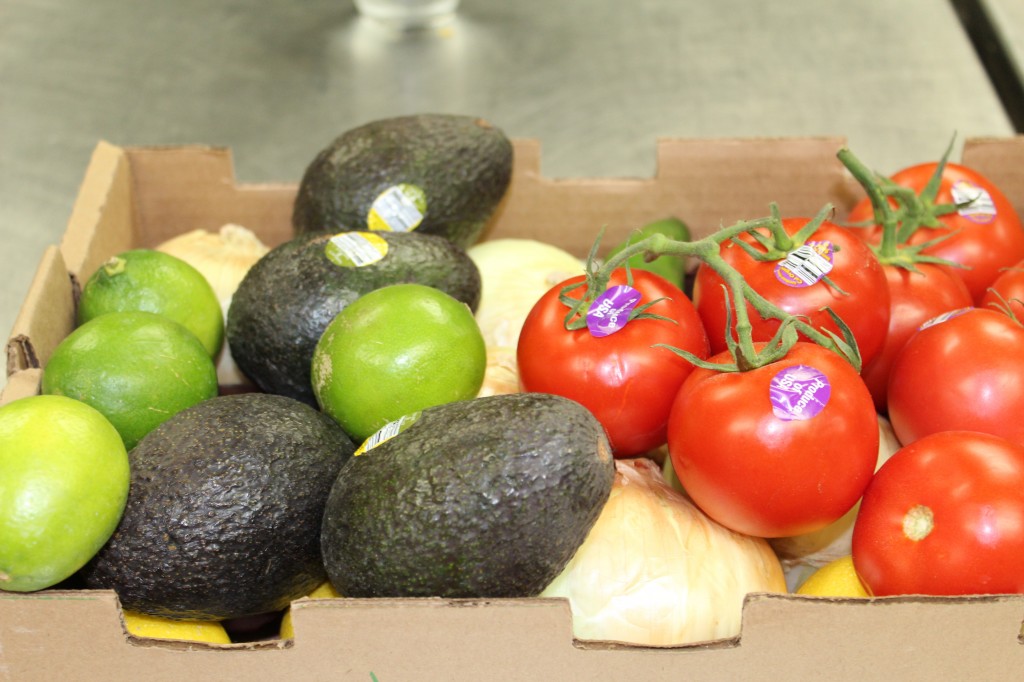
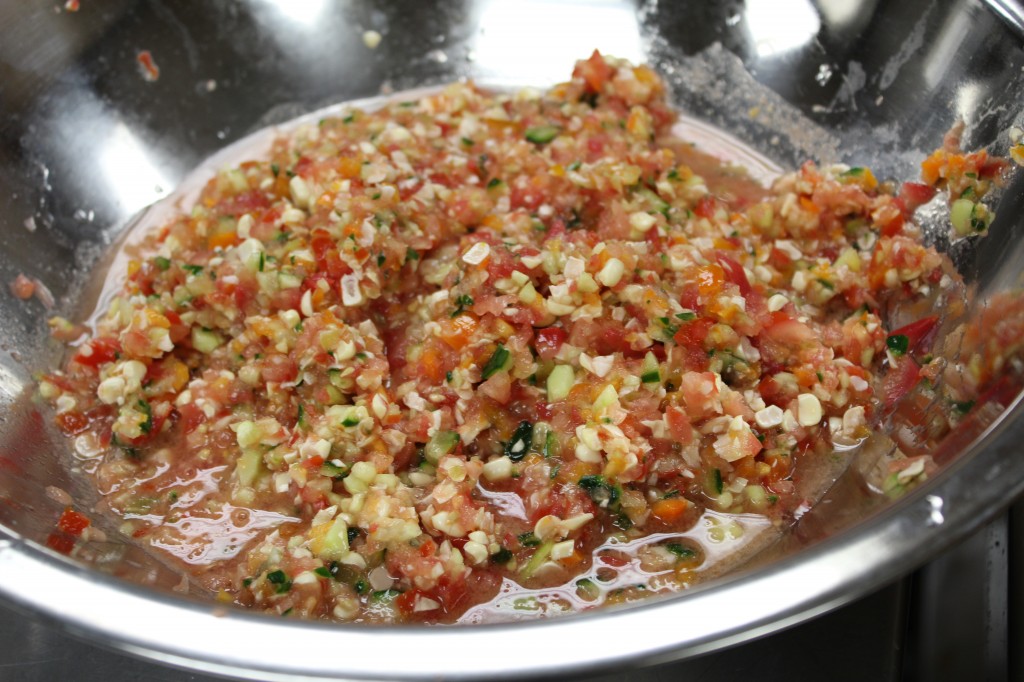
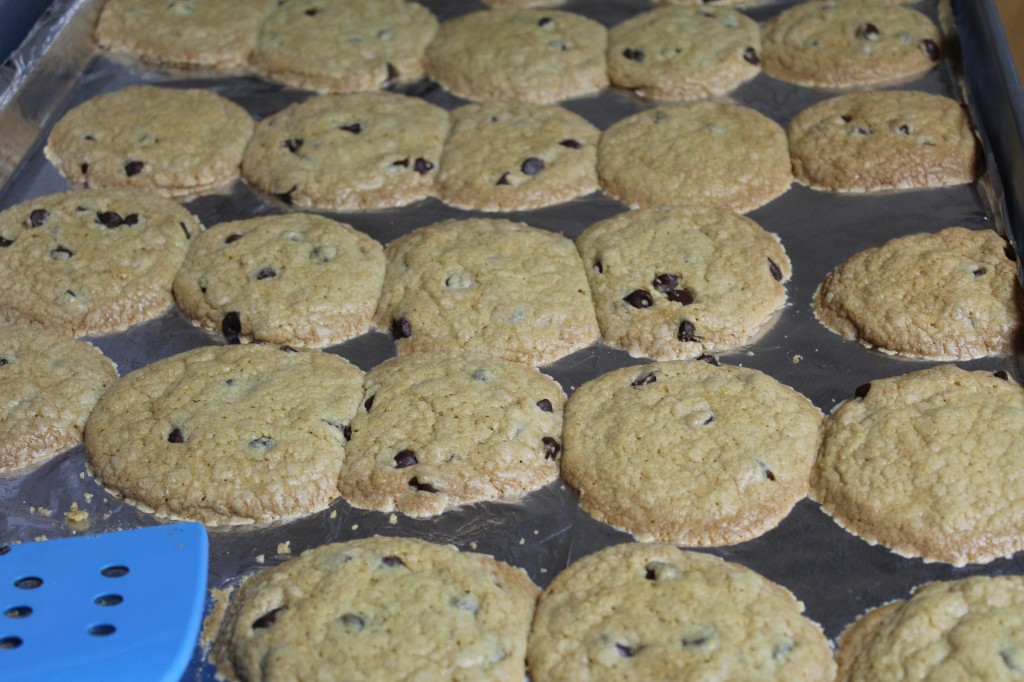
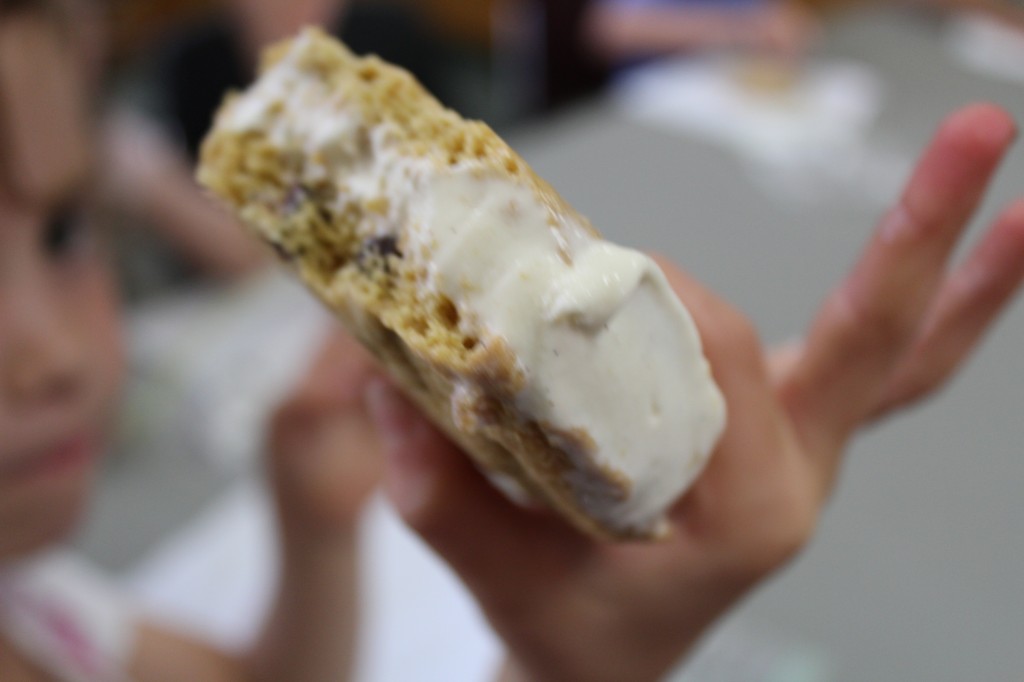
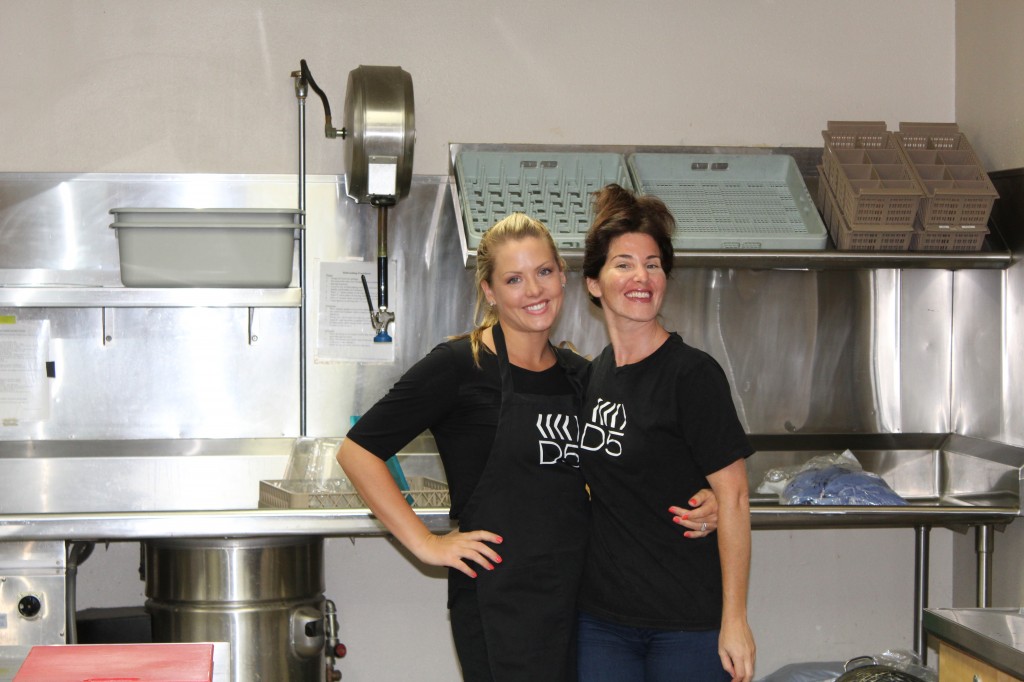
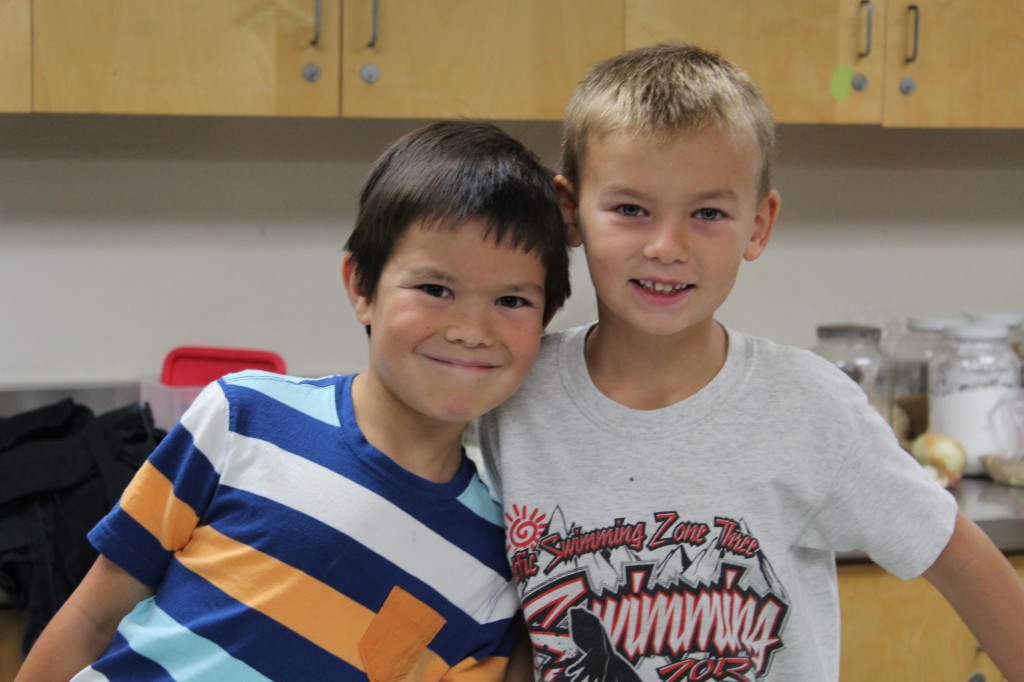
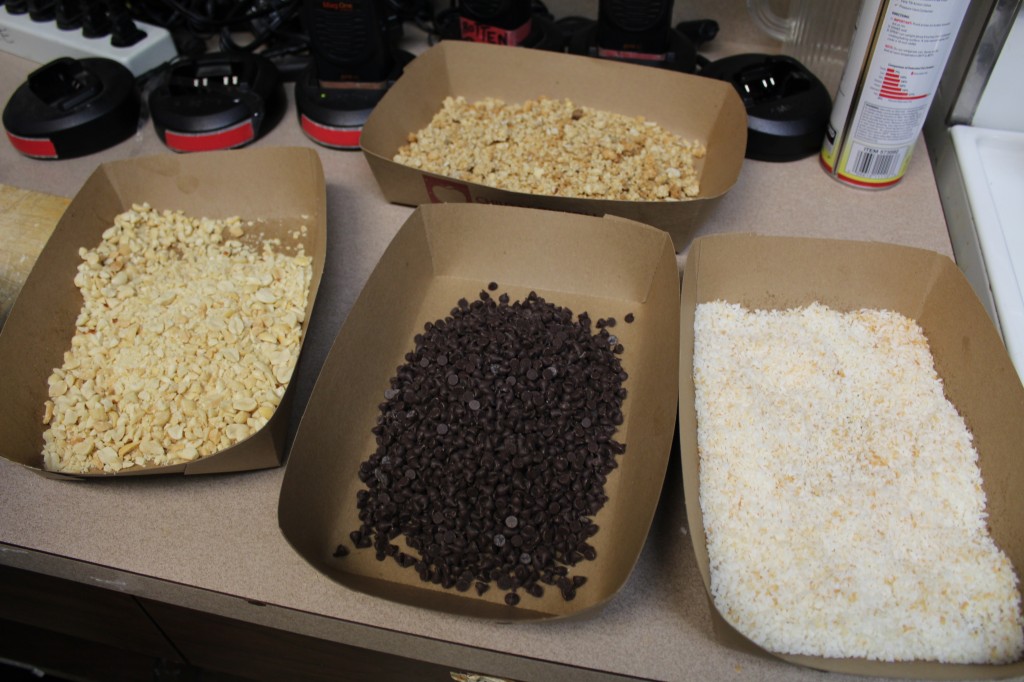

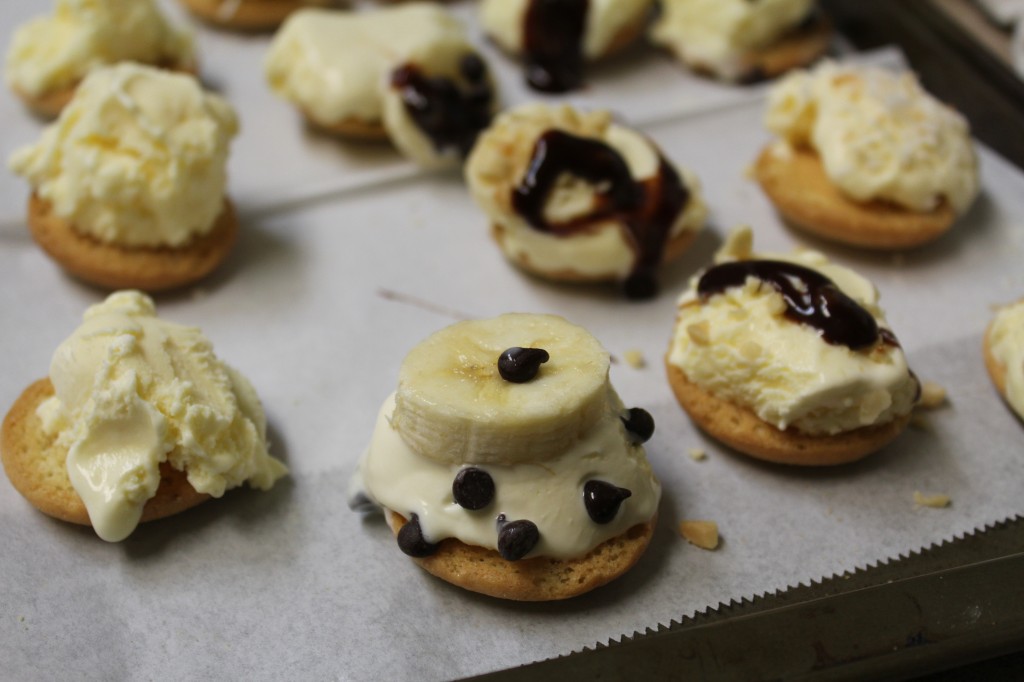

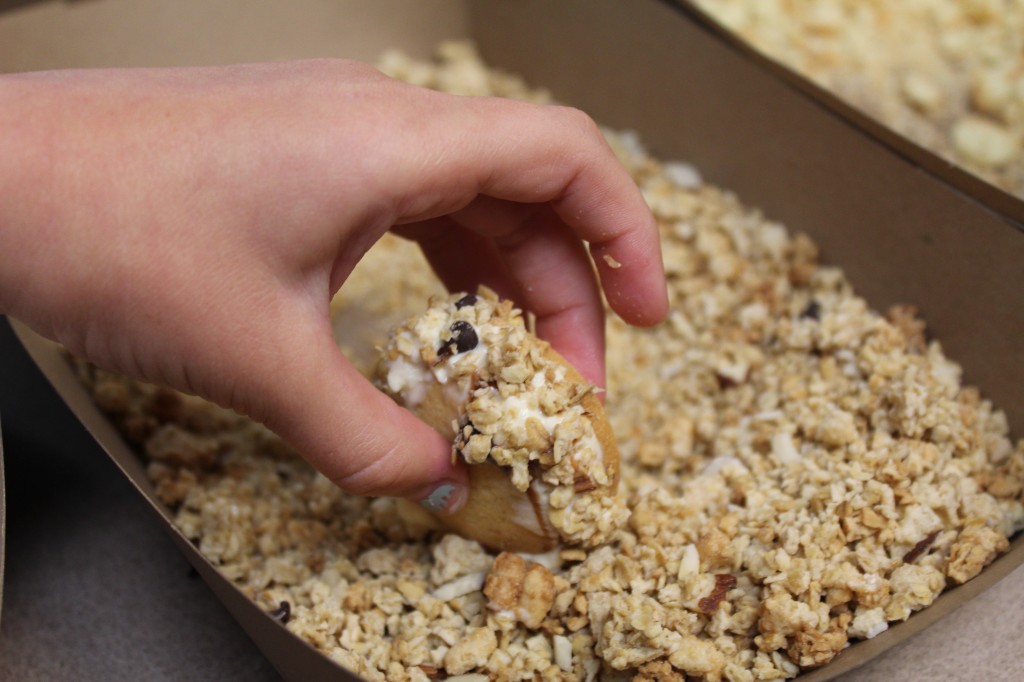
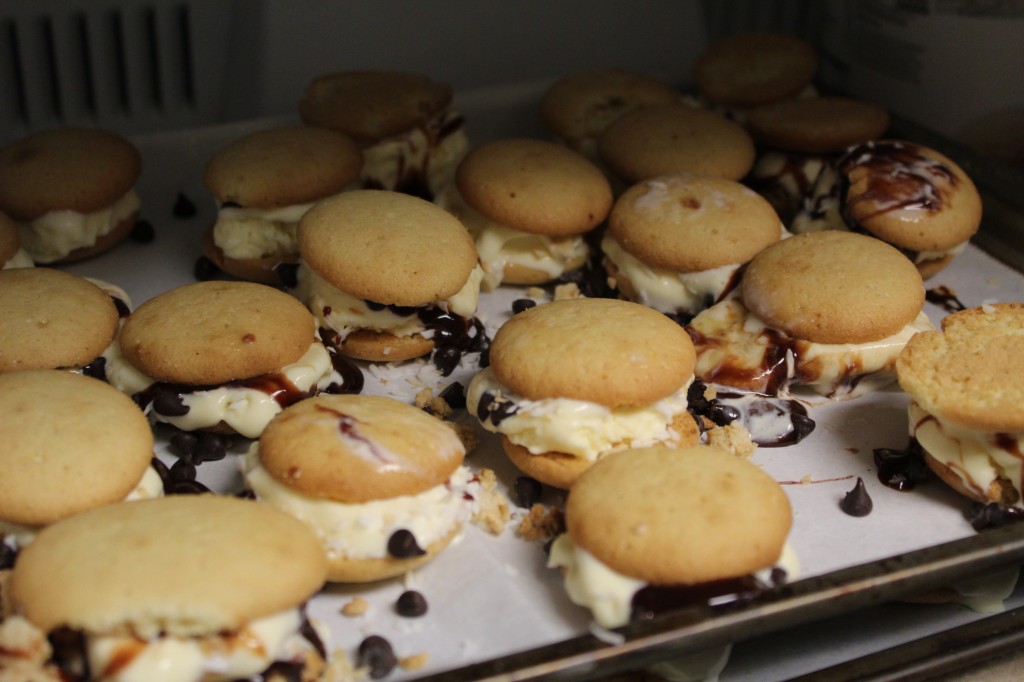
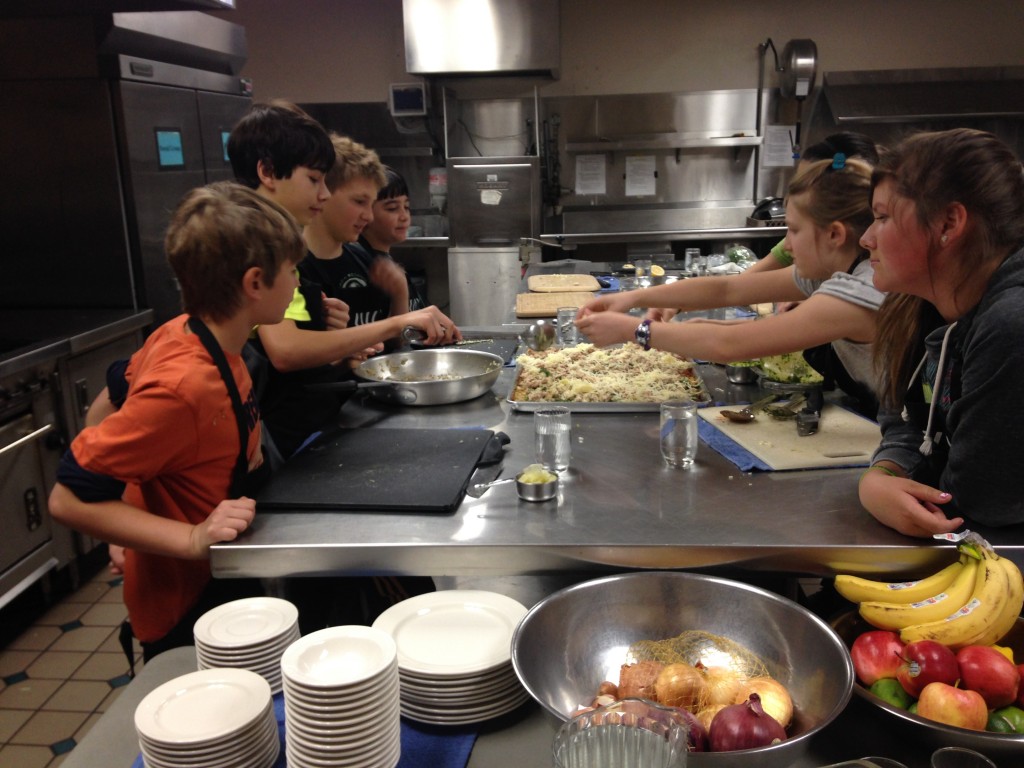

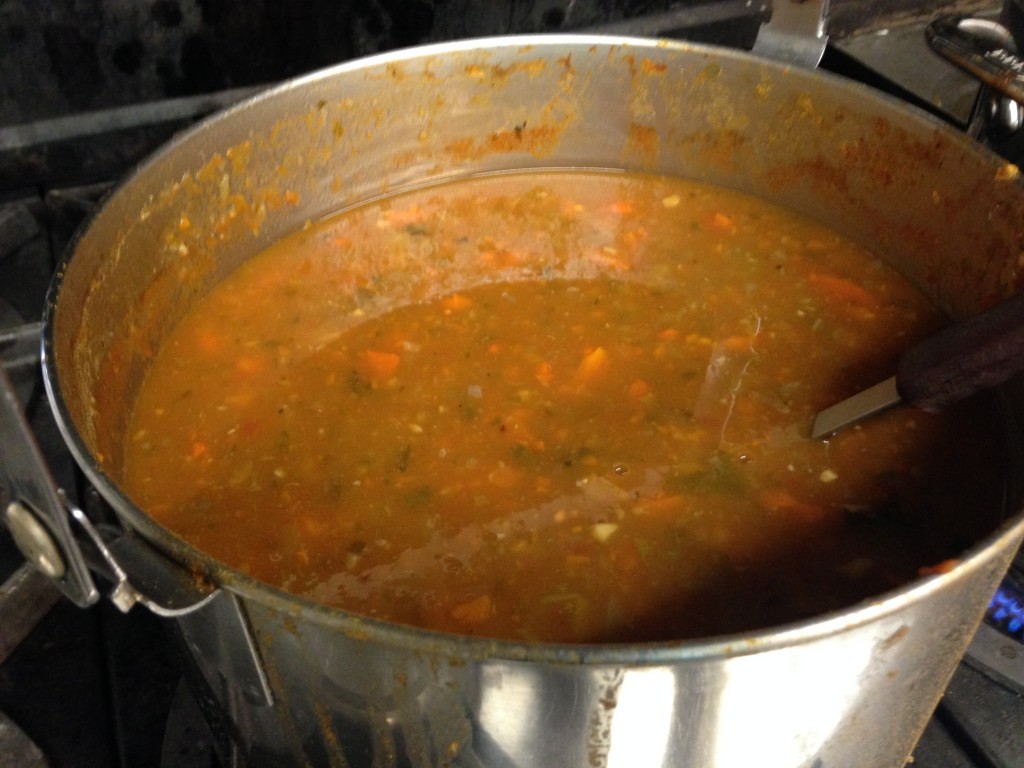
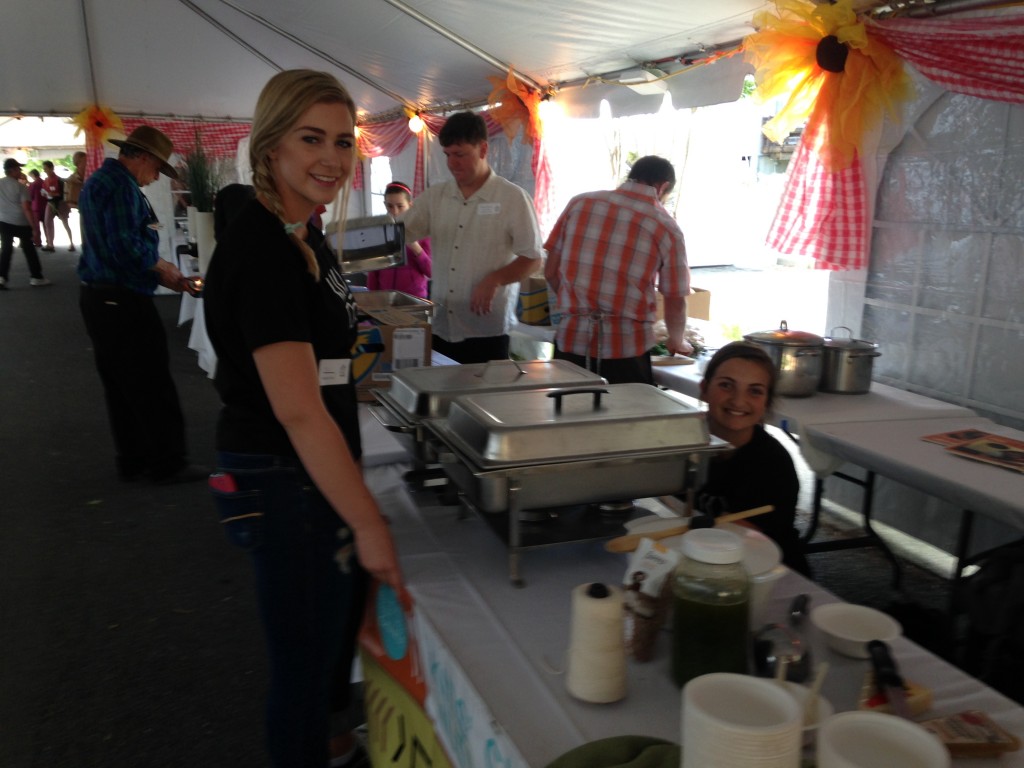
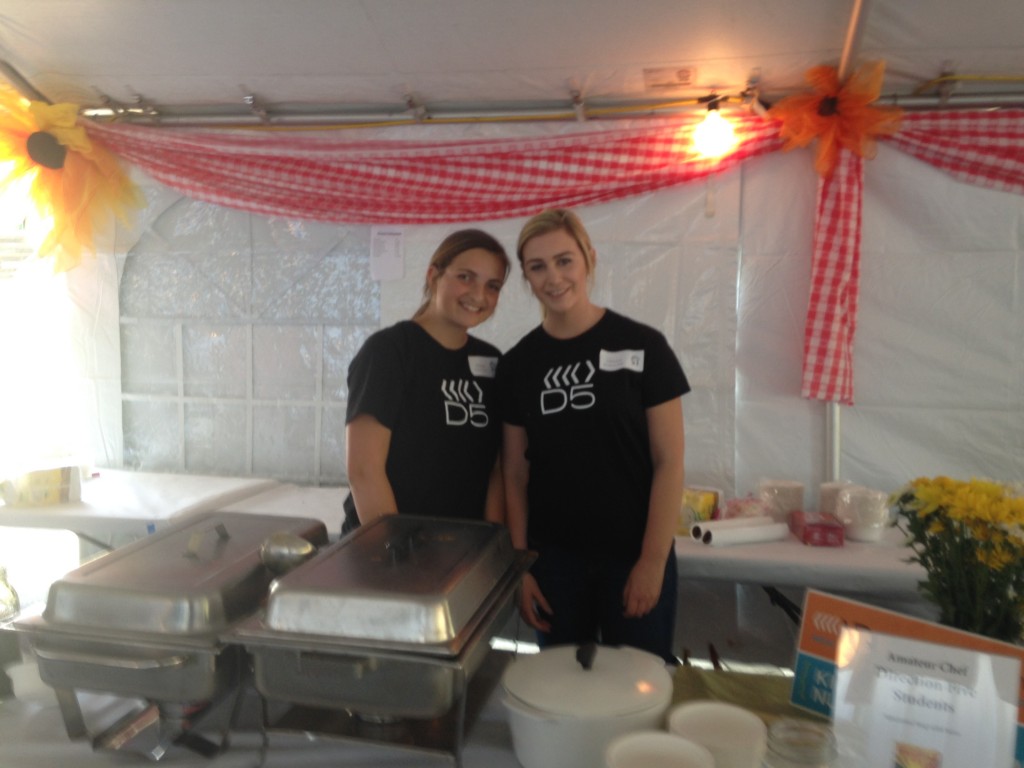
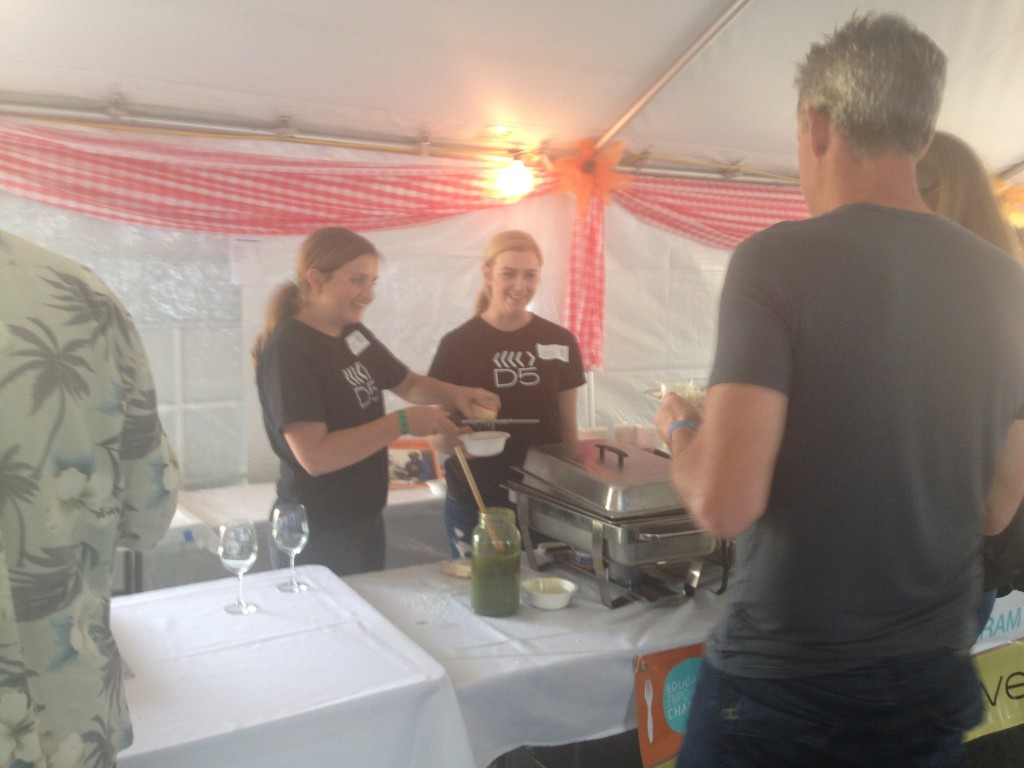
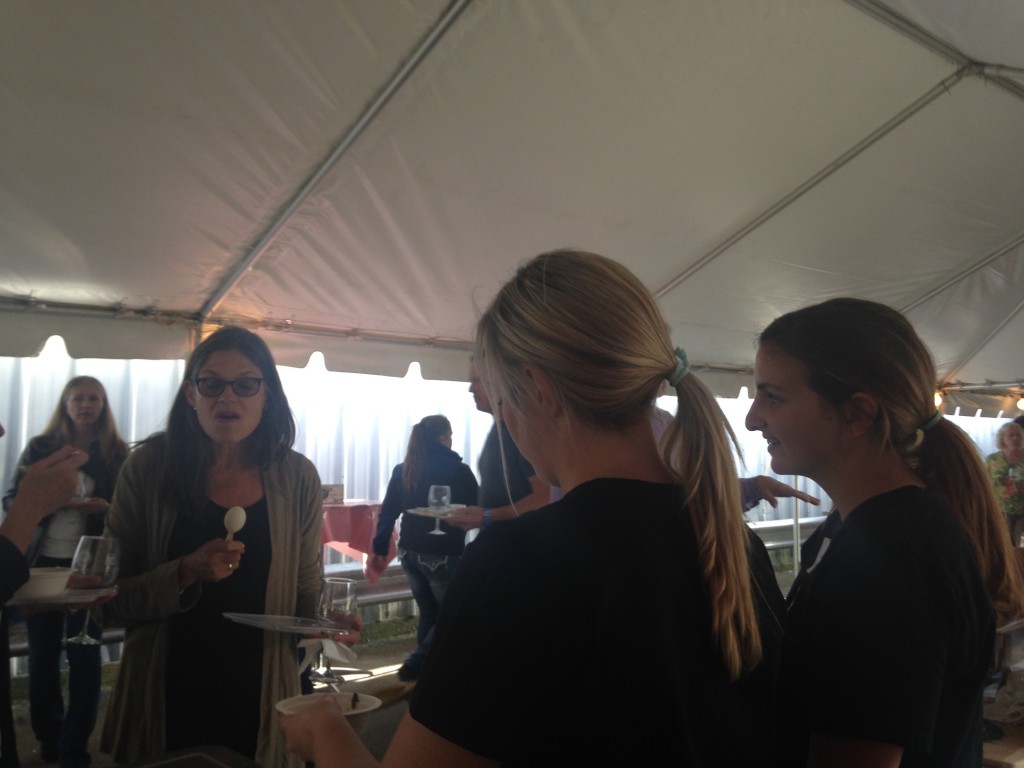
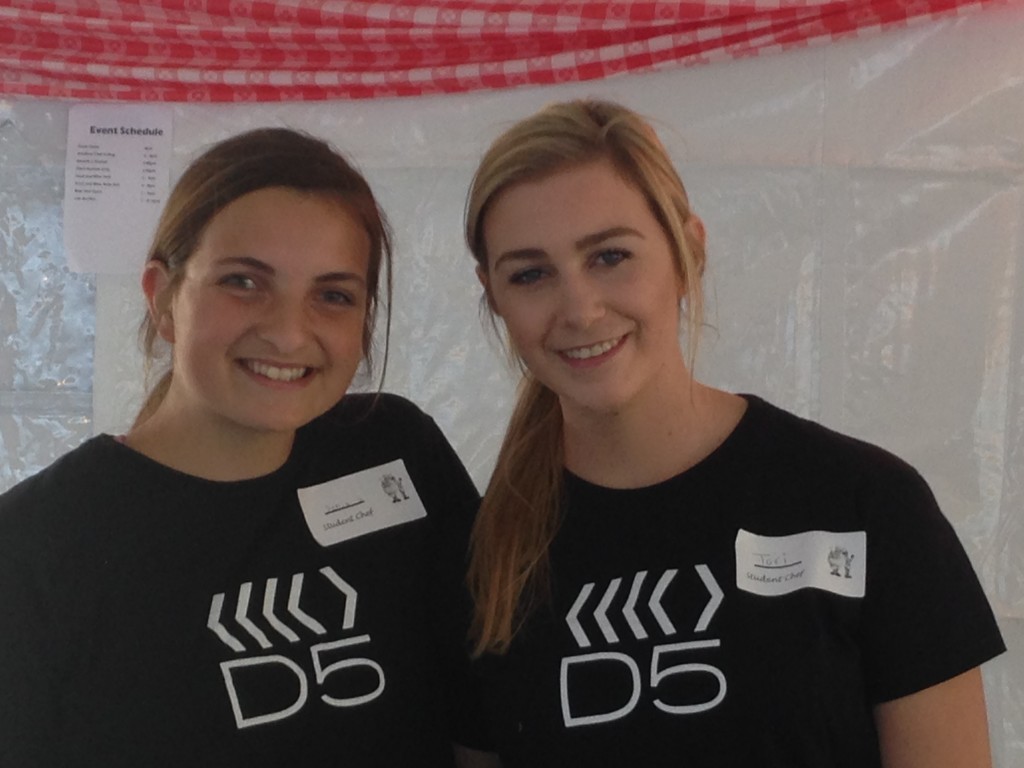
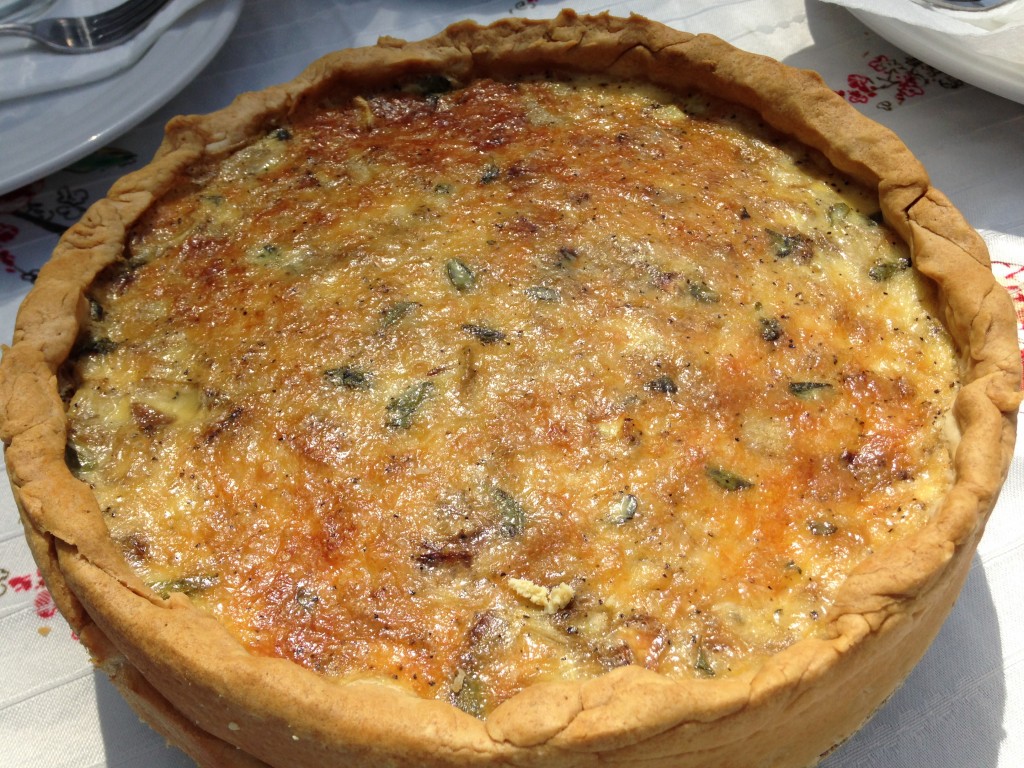 This is such a simple recipe! It’s a wonderful dish for any meal. With breakfast serve with a fruit salad, for dinner serve with a green salad.
This is such a simple recipe! It’s a wonderful dish for any meal. With breakfast serve with a fruit salad, for dinner serve with a green salad.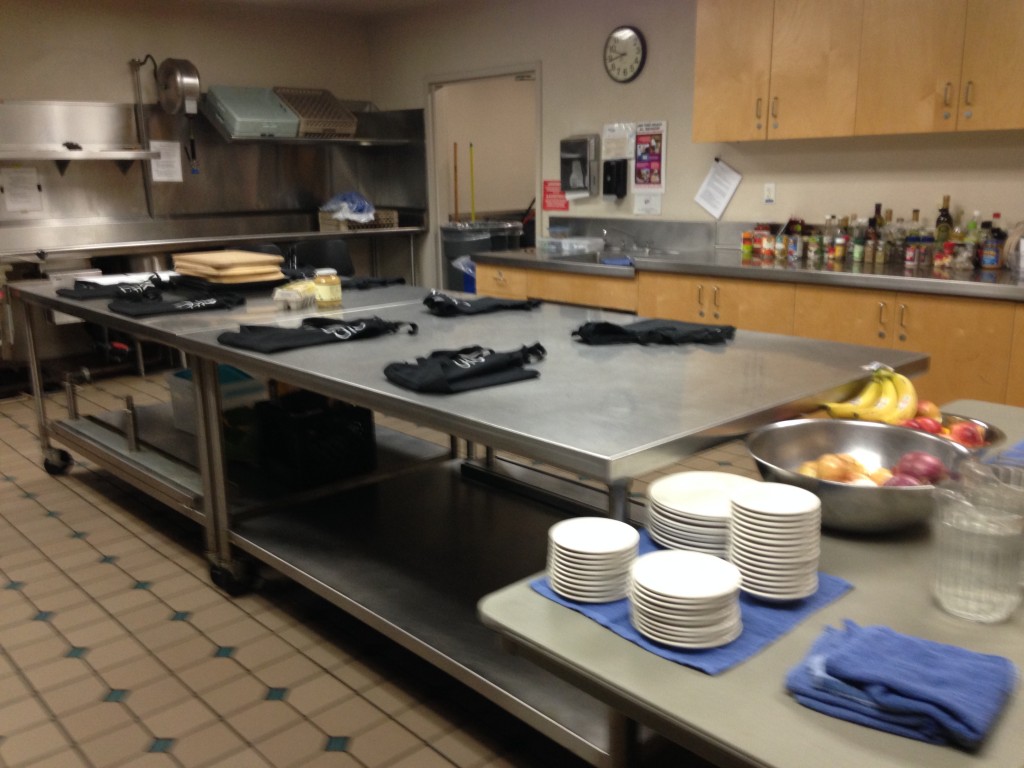
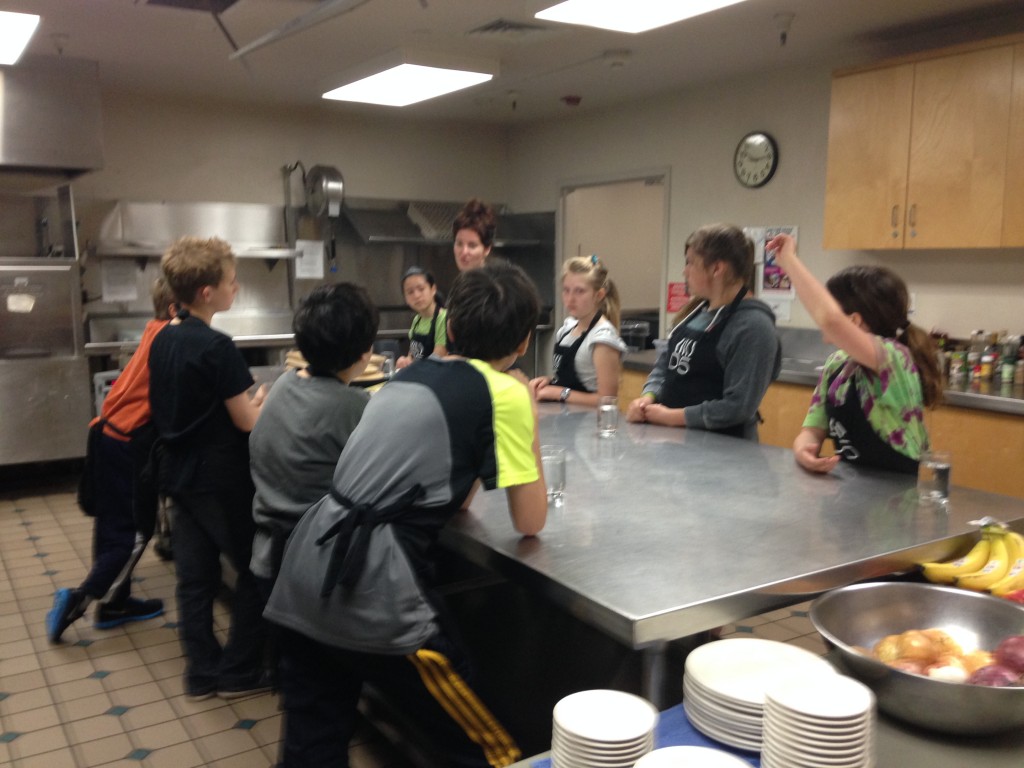
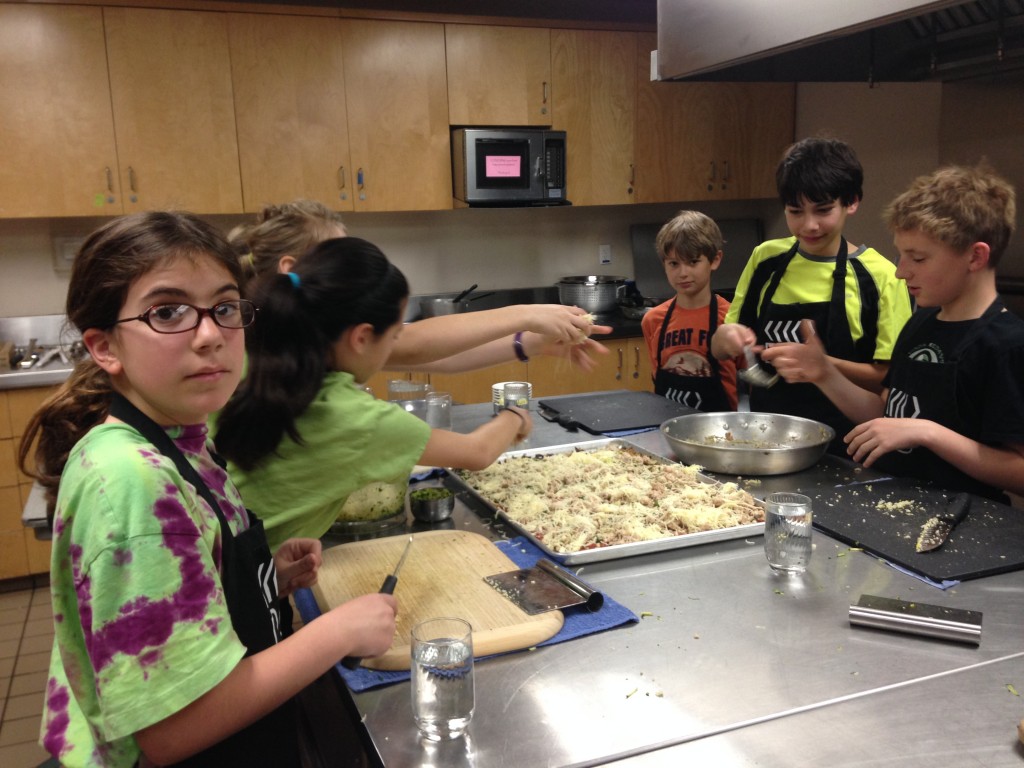

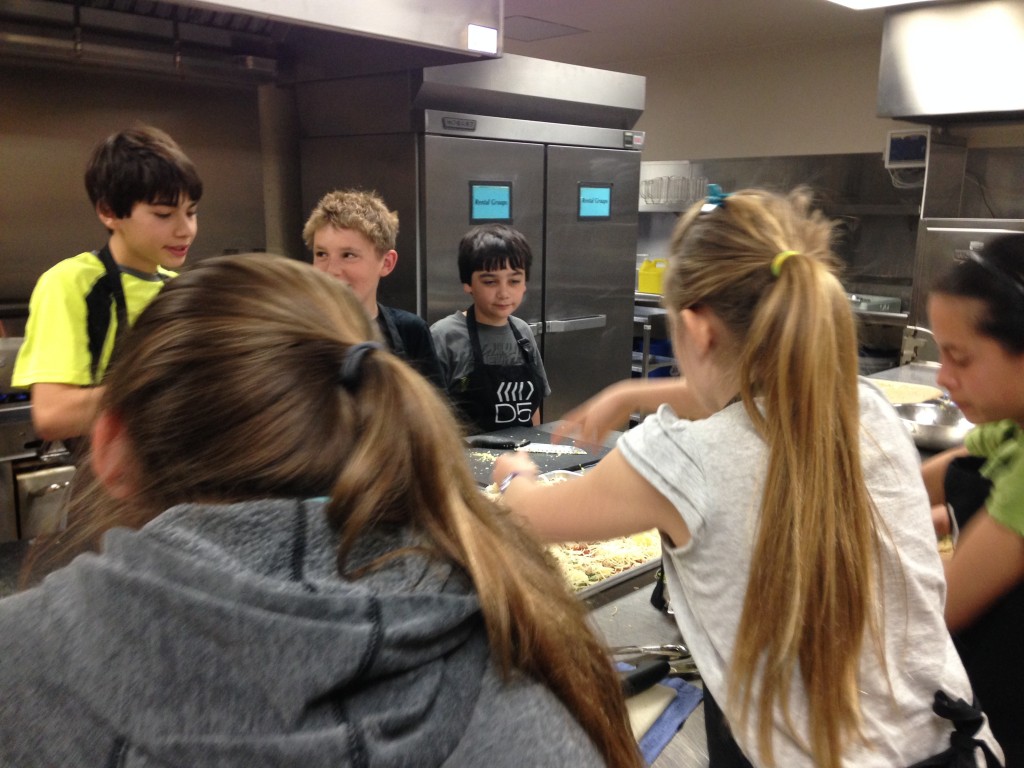
 Sugar, Sugar, Everywhere….
Sugar, Sugar, Everywhere….